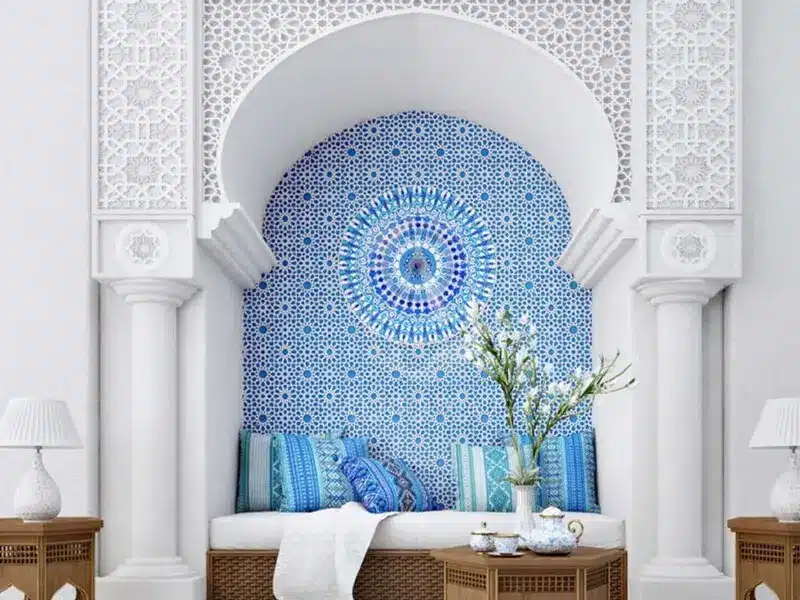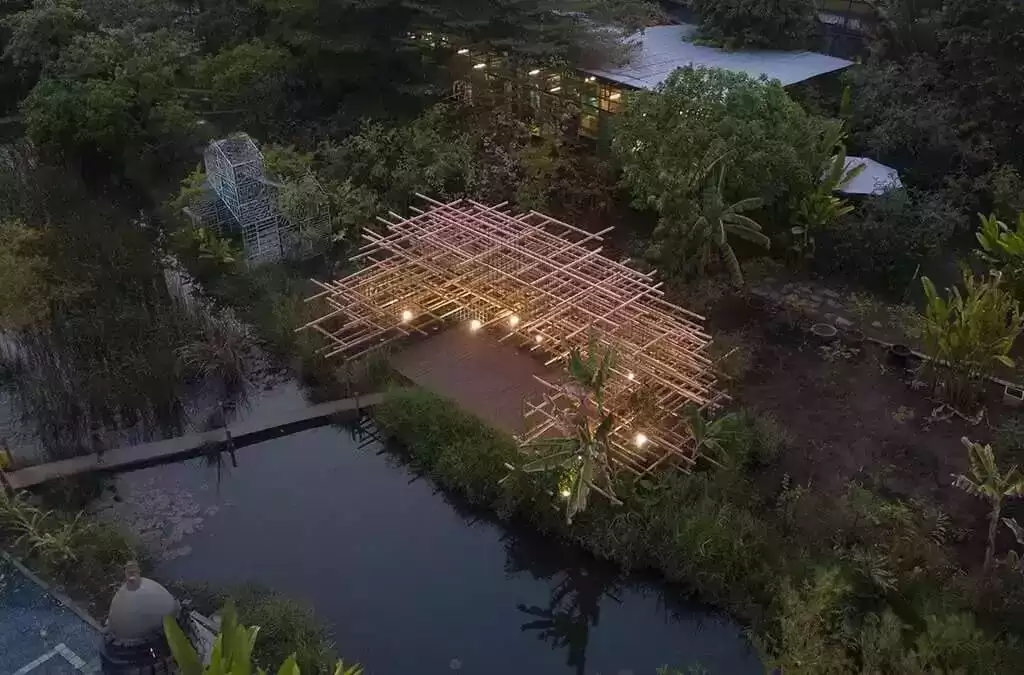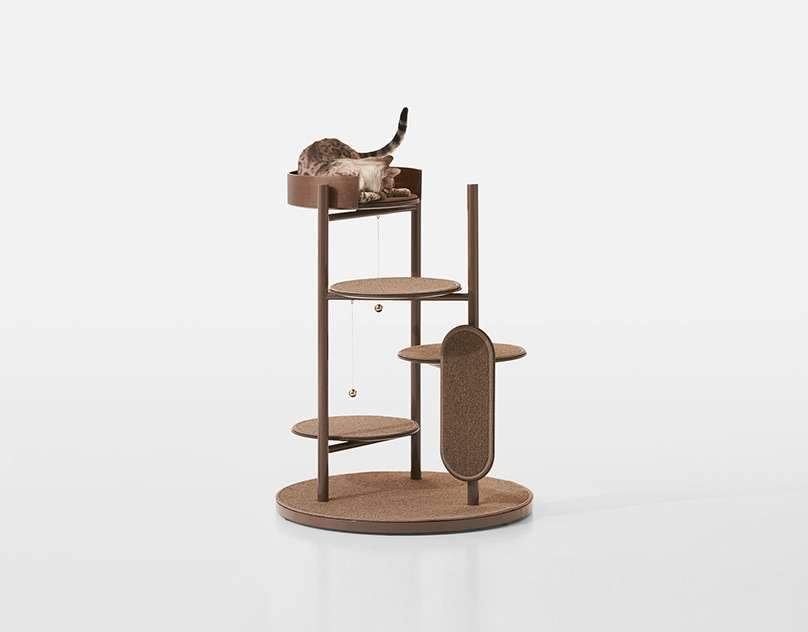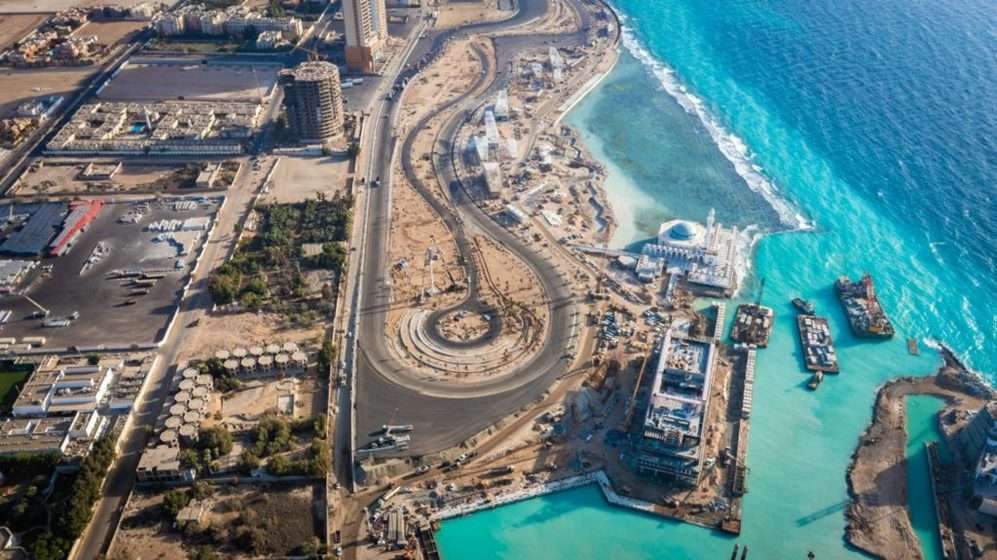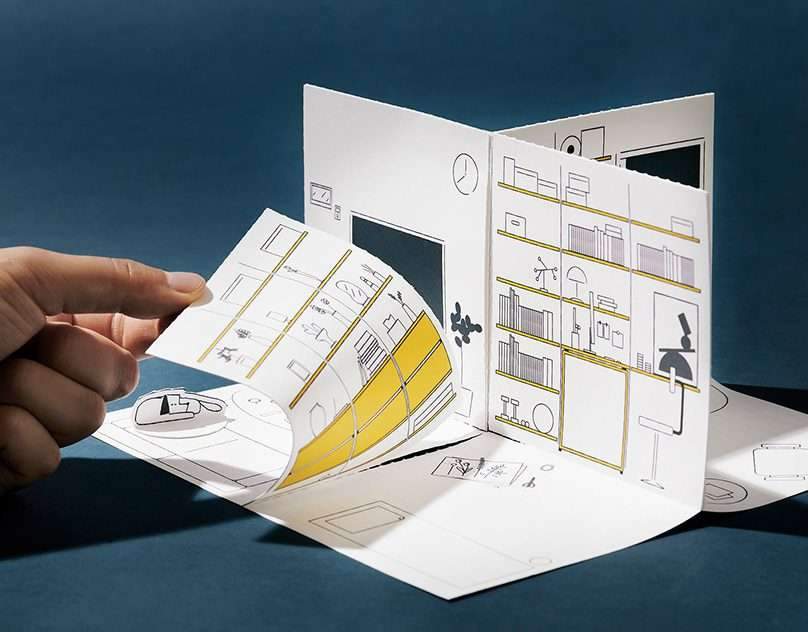Architecture, design, and art are three deeply interconnected fields where creativity and functionality converge to create spaces that reflect both beauty and purpose. In this article, we will explore how these domains overlap and influence each other. We will begin by discussing the concept of “form follows function,” then move on to the importance of aesthetic design in architecture and its impact on society. Next, we will examine innovative ways to integrate art into architectural projects, whether through add-on or integrated approaches. Finally, we will look at the role of modern technologies like virtual reality (VR) and augmented reality (AR) in enhancing the relationship between art and architecture.

Form Follows Function: The Foundation of Architectural Design
The famous phrase “form follows function,” coined by architect Louis Sullivan, remains a cornerstone of building design. This principle suggests that the primary purpose of a building should be the guiding factor in its design, with aesthetics taking a secondary role. However, this does not mean that aesthetics can be neglected.
For instance, using locally sourced materials that reflect the region’s identity adds cultural and aesthetic value to a building. Natural colors or even native tree species can help establish a strong connection between the structure and the community it serves. When functionality and beauty are carefully balanced, a building becomes more than just a structure—it becomes a work of art.
Aesthetic Design: Creating an Emotional Impact
Architecture is not merely about constructing usable spaces; it is also an opportunity to inspire emotions and evoke feelings. Just as art allows people to tell stories and connect emotionally, successful architecture should do the same while meeting basic needs such as safety and efficiency.
Museums, for example, provide an ideal illustration of how art and architecture can merge. Here, the architectural design itself serves as a backdrop for the displayed art. If the architectural design does not support the building’s requirements, the art becomes disconnected from the structure. By focusing on the sculptural quality of a building, a balance between aesthetics and functionality is achieved.

Integrating Art into Architecture: Innovative Approaches
1. Add-On Art
The first way to integrate art into architecture is through additional artworks added after the project is completed. These could include paintings hung on walls, sculptures placed in open spaces, or distinctive lighting fixtures.
For example, exterior walls can provide excellent canvases for murals. During the planning phase, clients can consult art advisors to identify opportunities for incorporating art into the space. In this approach, architecture creates a framework for art.
2. Integrated Art
The second method involves embedding art from the early stages of design so that it becomes an integral part of the building. In this case, art and architecture work together toward a common goal. For instance, windows, lighting, and interior finishes can themselves become artistic elements.
This type of integration relies on artists understanding the spatial dimensions and how people move through the space. They also consider psychological factors, such as stress levels among users or whether they need distractions while waiting.
The Role of Technology in Enhancing the Relationship Between Art and Architecture
With technological advancements, tools like virtual reality (VR) and augmented reality (AR) now allow us to create artistic experiences in spaces that may not accommodate traditional art.
Healthcare facilities , for instance, often face strict regulations regarding sterile environments, making it difficult to install heavy sculptural pieces. Using AR, individuals can use their smartphones to view digital art in their surroundings. This technology offers a cost-effective solution to enhance environments without requiring a large budget for physical art.

History and Interaction Between Art and Architecture
Historically, there has been a close relationship between art and architecture, with stunning examples of collaboration across different eras. From the lavish sculptures adorning ancient temples to the sleek modernist buildings of the 20th century, this relationship has produced some of humanity’s most inspiring creative works.
However, the relationship has not always been smooth. For example, during the Renaissance, disagreements arose between architects and artists over appropriate sizing and decoration for shared projects. In the 20th century, brutalist architecture faced criticism for its strict utilitarian forms and lack of ornamentation.
ArchUp Opinion: Personal Analysis
From ArchUp ‘s perspective, the relationship between art and architecture is dynamic and requires a delicate balance. While some focus solely on functionality, we believe aesthetics should be an integral part of the design process. However, this approach must be carefully considered to avoid significantly increasing costs.
We recommend that architects collaborate more closely with artists from the early design stages to ensure true integration between art and architecture. We also believe technology will play an increasingly important role in the future, especially in sectors with constraints like healthcare facilities.
Criticism: That said, we must be cautious about over-relying on technology as a substitute for genuine creativity. Virtual reality can be a useful tool, but it should not replace the tangible value of physical artworks.

Frequently Asked Questions (FAQ)
- What is the concept of “form follows function”?
- It means that the primary purpose of a building should guide its design, with aesthetics being a secondary consideration.
- How can art be integrated into architecture?
- Through add-on art (e.g., paintings, murals) or integrated art (where art becomes part of the building’s core design).
- What role does technology play in enhancing the relationship between art and architecture?
- Tools like VR and AR allow for artistic experiences in spaces unsuitable for traditional art.
- Has the relationship between art and architecture always been positive?
- No, history shows instances of disagreements over size, decoration, and style between architects and artists.
Summary Table
| Title | Details |
|---|---|
| Form Follows Function | Prioritizing functionality in design while considering aesthetics. |
| Aesthetic Design | Combining beauty and emotion to positively impact users. |
| Add-On Art | Incorporating artworks after project completion, such as murals or sculptures. |
| Integrated Art | Embedding art into the core design to make it an inseparable part of the building. |
| Role of Technology | Using VR and AR to enhance artistic experiences in constrained spaces. |
| History and Interaction | Historical examples of collaboration between art and architecture, with some conflicts. |

Through this analysis, we hope to have shed light on the complex yet fruitful relationship between art and architecture in a clear and understandable manner.

